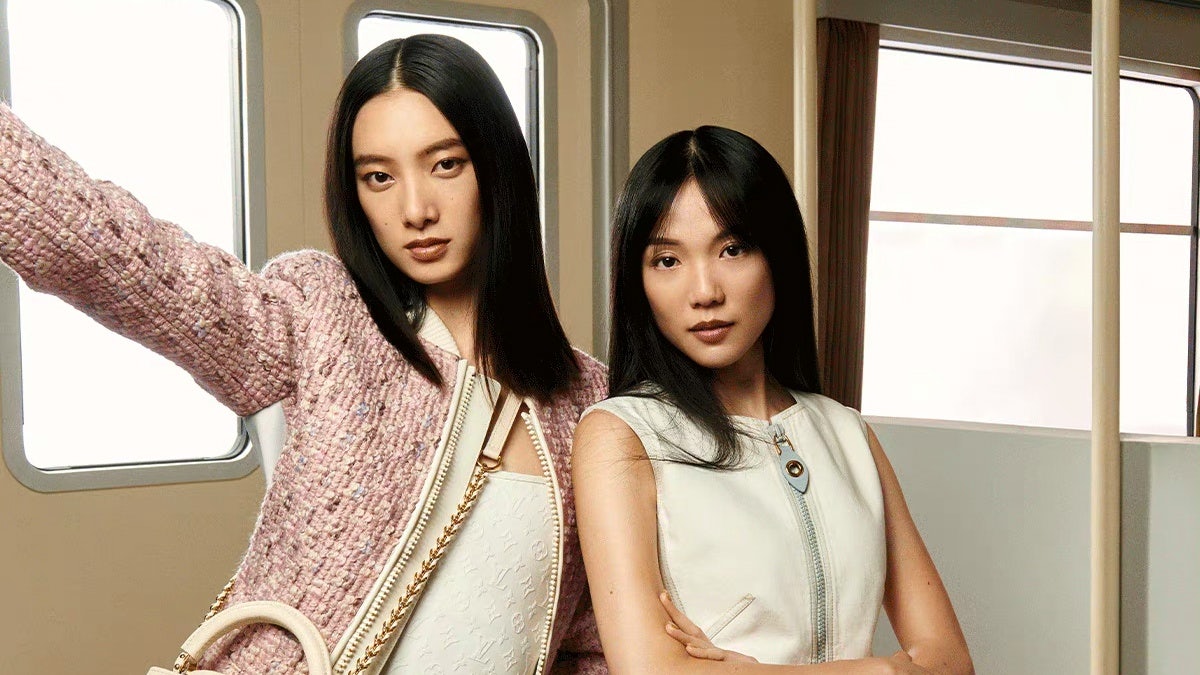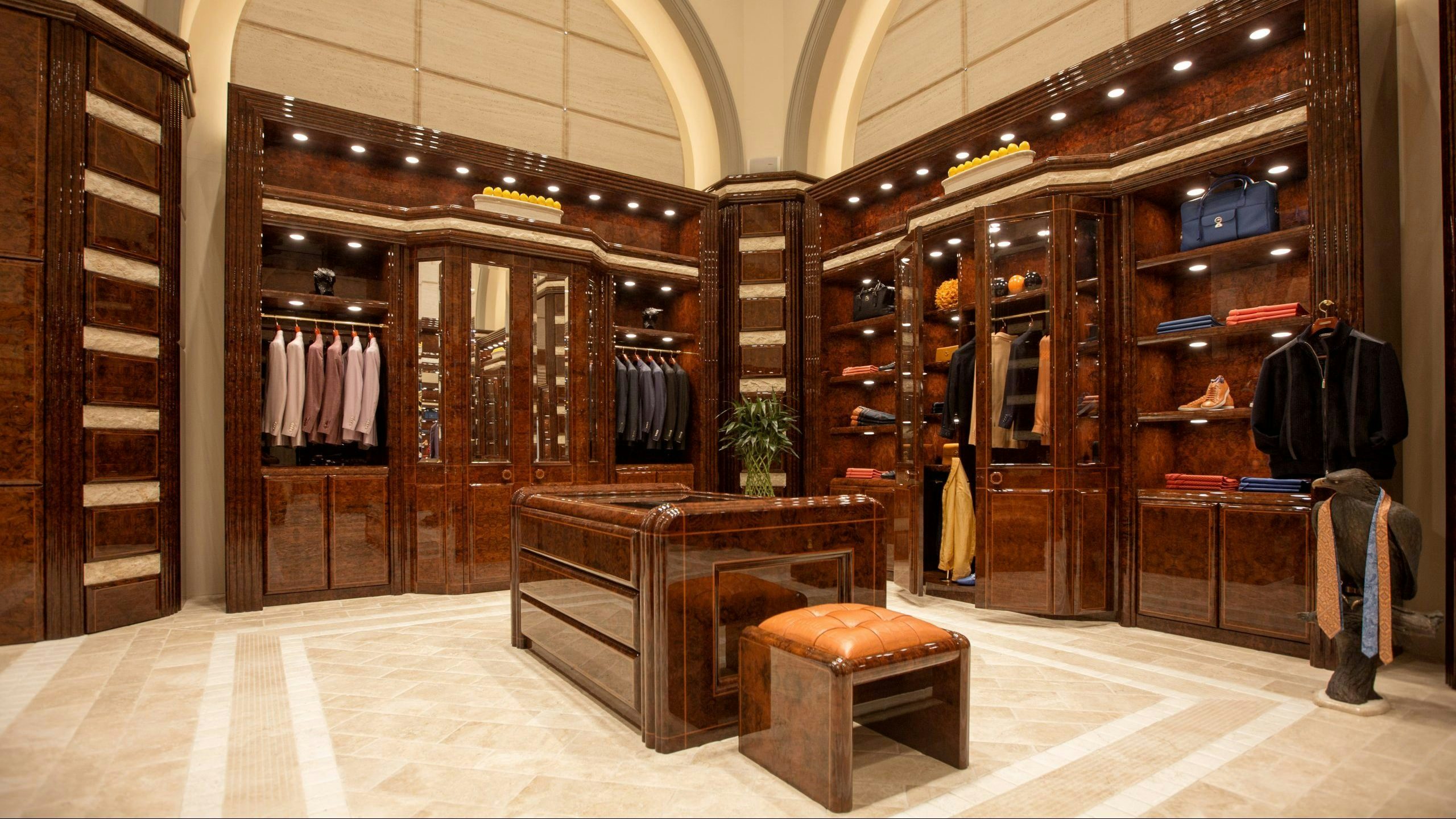China's luxury market has witnessed a varied revival in the wake of the COVID-19 pandemic, revealing notable disparities in consumer behavior.
While affluent elites have continued to indulge in luxury purchases, the middle class has encountered economic setbacks and an elevated youth unemployment rate, leading to significant changes in their luxury spending patterns.
“While the recovery is palpable, its impact will take time to manifest," says Jonathan Siboni, founder and CEO of Paris-based data intelligence firm Luxurynsight.
"Aspirational shoppers are more sensitive to consumer sentiment, whereas ultra-high-net-worth individuals (UHNWI) are relatively impervious to external influences. Spendings are uneven, but the importance and dependency on younger consumers is true for almost all brands.”
High-low: Contrasting consumer sentiments#
Zhuang, a Hangzhou-based surrogate shopper, also known as "Daigou," specializes in high-end luxury brands and strongly resonates with Siboni's observation.
"In the past, individuals earning between 300,000 and 400,000 Chinese yuan (41,951-55,934) per year would buy bags worth 10,000 to 20,000 Chinese yuan (1,398-2,796)," says Zhuang, who prefers to be identified by her surname alone. "However, since the pandemic, they have halted such purchases and instead focused on saving money and reducing expenses."
She admits her own sales figures have dwindled from revenues of between 200,000 RMB and 300,000 RMB (27,967 and 55,934) in a good month to around 150,000 RMB (20,975) per month in the recent quarter, signifying the middle class's newfound cautiousness in spending.
“A clear contrast for me is that previously my buyers would quickly purchase the products without much consideration. But now, this is not the case anymore, and I need to make more effort to advertise daily to encourage them to buy,” she continues.
While this cohort of people has not spent much on luxury items since 2022, Zhuang says, “those individuals with substantial incomes or those who are financially stable with houses and cars and without mortgage pressure, they still exhibit a willingness to invest in luxury goods.”
Jenny, a 37-year-old London-based personal shopper, who prefers not to reveal her full name, shares a similar experience, saying her sales revenue dropped more than 30 percent after the pandemic.
“Only a small segment of affluent Chinese clientele remains unaffected by exchange rate fluctuations and economic conditions, while the majority of the middle class bears a more significant impact,” she says.
Jenny points out that in the past, higher sales were anticipated during discount seasons. However, the end of last year and the recent summer discount season saw less than optimal sales. “Consumers have become more discerning in their shopping habits, no longer making impulsive purchases solely based on discounts,” she explains.
The price paradox#
However, she notes that within the luxury goods industry, brands that swiftly raise prices tend to fare better. “Consumers believe that prices will continue to rise, prompting them to make early purchases to enjoy the benefits,” she says. “On the other hand, brands that frequently offer discounts and promotions risk creating the perception of diminished value among consumers, potentially impacting brand perception."
"Consumers believe that prices will continue to rise, prompting them to make early purchases to enjoy the benefits."
“That explains why luxury brands such as LV, Chanel, Dior, Prada, and Celine have remained relatively unaffected by the pandemic. On the other hand, Balenciaga, Burberry, BV, Loewe, YSL, and Fendi, which belong to the second tier, generally attract purchases primarily when discounts are available. Certain brands, like Off-White and Acne Studios, enjoyed strong sales a few years ago but are currently experiencing a decline in sales,” she adds.
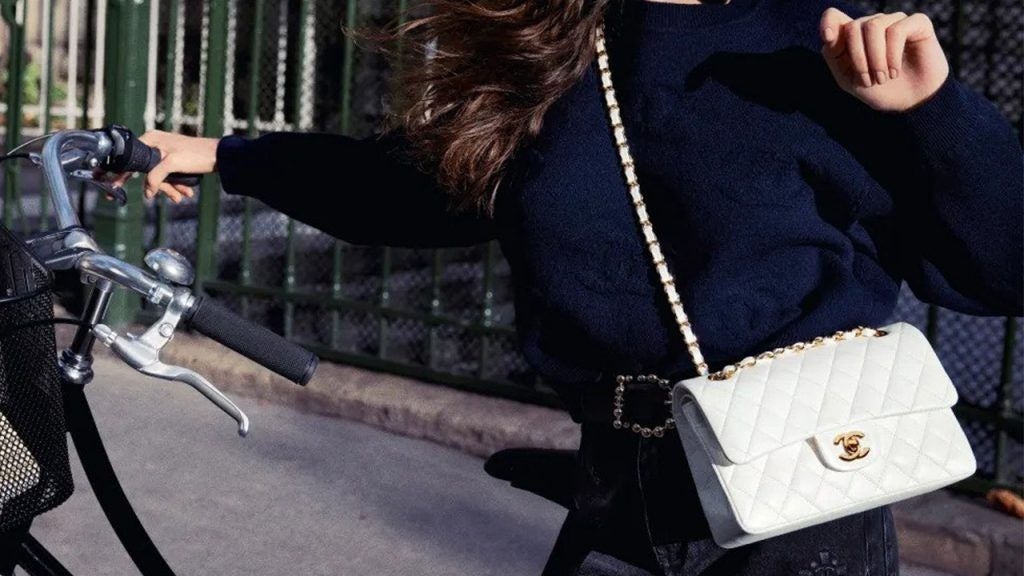
As China's recovery proves to be less robust than initially anticipated, a notable contrast emerges in the spending patterns between high-net-worth individuals (HNWIs) and the middle class within the luxury market, says Ashley Dudarenok, China digital marketing expert and founder of China digital marketing agency Alarice.
“High-net-worth consumers in China demonstrate a stronger appetite for luxury goods and contribute significantly to the market's consumption power," Dudarenok says. "Their purchasing decisions are driven by the desire for status symbols, exclusivity, and a sense of identity. On the other hand, the middle class, facing greater economic pressures and more cautious sentiments, may exhibit more restrained spending behaviors."
Economic recovery highs and lows#
China's economic recovery following the pandemic has been a mixed journey of highs and lows. The first six months witnessed better-than-expected growth, buoyed by a swift exit from the pandemic's clutches. During the first half of 2023, China's gross domestic product grew by an impressive 5.5 percent year on year (YoY), according to the National Bureau of Statistics. The positive trend continued into the second quarter, with the country's GDP expanding even further by 6.3 percent YoY.
In Q2 2023, LVMH registered a 17 percent YoY global sales growth, and a 34 percent increase in Asia, driven by the rebound in China. Similarly, Hermès reported a 32.3 percent YoY increase in revenue from Asia in the three months to June 30, 2023. It went on to top market capitalization of 200 billion for the first time in April.
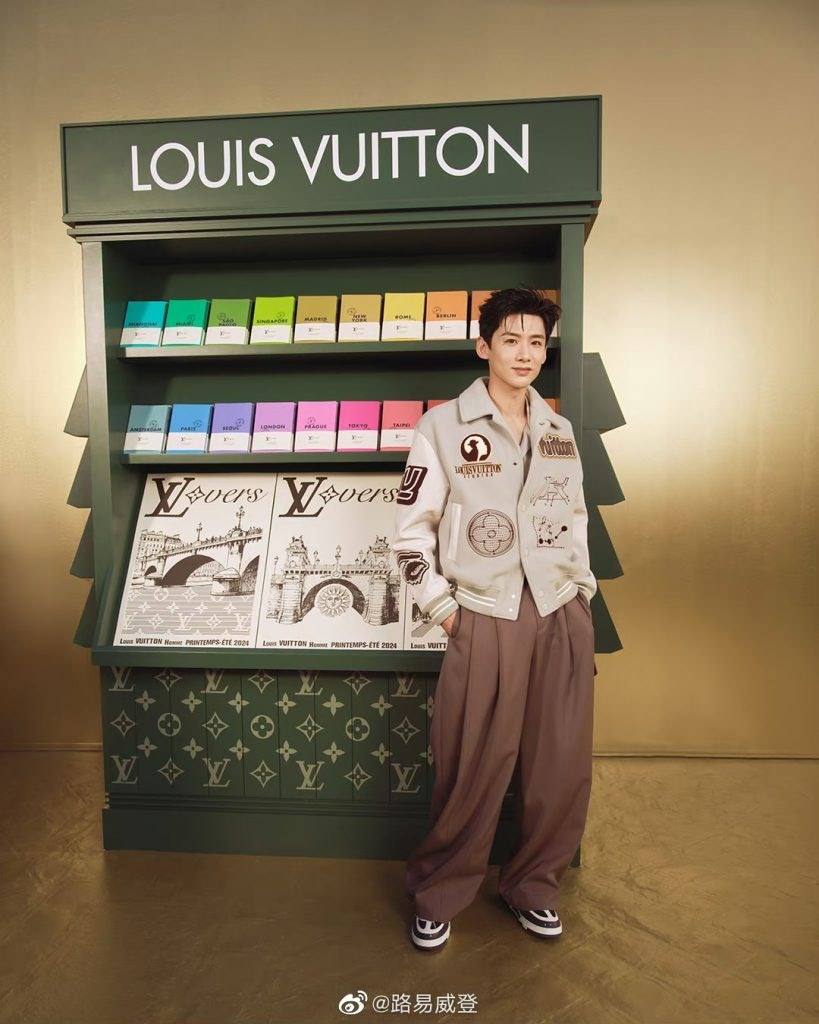
However, analysts have raised concerns over high youth unemployment in China. A recent Goldman Sachs report revealed that the youth unemployment rate (16-24 year olds) surged to 20.4 percent in April, posing a significant challenge for the country's economic recovery.
Dudarenok says: “Concerns over youth unemployment may impact the purchasing power and willingness of younger consumers to engage in luxury spending. However, factors such as improving consumer confidence, accumulated savings, and marginal improvements in employment and income can provide some support to the recovery.”
Adapting strategies to capture consumer trends#
Experts believe affluent consumers in China are still the key drivers of the luxury market. While top luxury consumers — the ones who spend over 300,000 Chinese yuan (41,951) annually on luxury goods — only account for 10 percent of the overall population, they contribute to nearly 40 percent of the total consumption of luxury products in 2022, according to the "Insights Report on Digital Trends in the Chinese Luxury Goods Market in 2022” by Tencent Marketing Insights and Boston Consulting Group.
Top luxury consumers who spend 300,000 yuan annually on luxury goods only account for 10 percent of China's population, but they contributed to nearly 40 percent of the total consumption of luxury products in 2022.
“The observation that a smaller pool of high-net-worth individuals drives a significant portion of luxury sales is consistent with prevailing trends in the luxury goods industry,” says Olivia Plotnick, founder of Wai Social, a Shanghai-based social media agency.
According to Plotnick, “Projections indicate that the upper middle class and affluent population within China's consumer demographic will continue to grow over the next decade. Consequently, the luxury market is expected to maintain a positive growth trajectory.”
The uneven recovery of China's luxury market has implications for brands in this sector. To thrive in this complex landscape, analysts say brands must adapt their strategies to better engage HNWIs.
“By incorporating elements of novelty, personalized experiences, immersive interactions, and direct-to-consumer (DTC) transformations, brands can effectively engage high-net-worth individuals, particularly the young ‘post-90s’ segment, ensuring sustainable market growth,” Plotnick says.
Dudarenok adds that brands can capture consumer trends, such as Apple livestreaming on Tmall, and collaborate with local brands, like Fendi partnering with a tea brand.
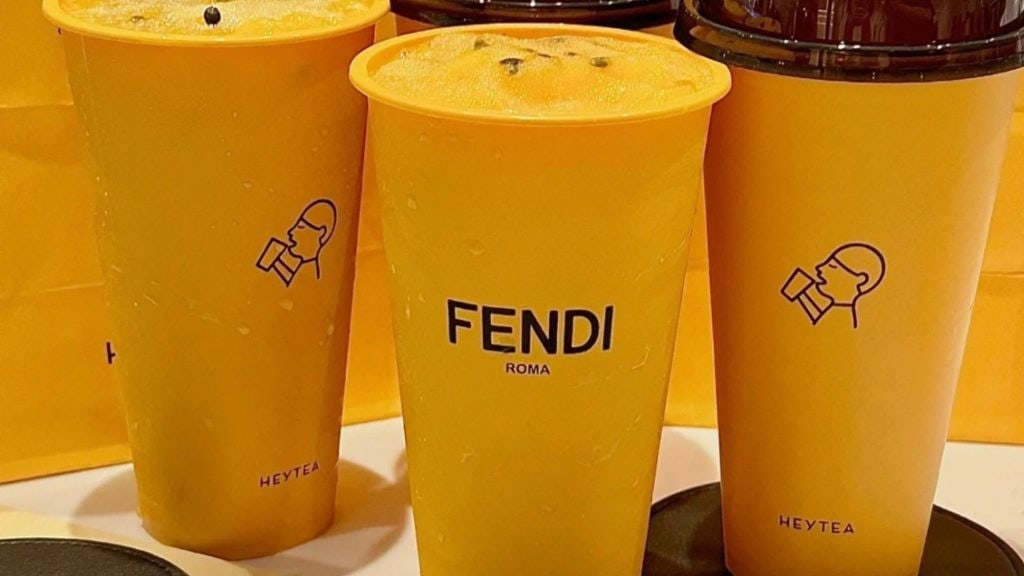
“Despite the uneven recovery, the Chinese market remains active with the largest consumer base, presenting an opportunity for brands to achieve significant success. Brands should understand Chinese consumer preferences so that they can tailor better their marketing and attract more consumers,” Dudarenok says.
